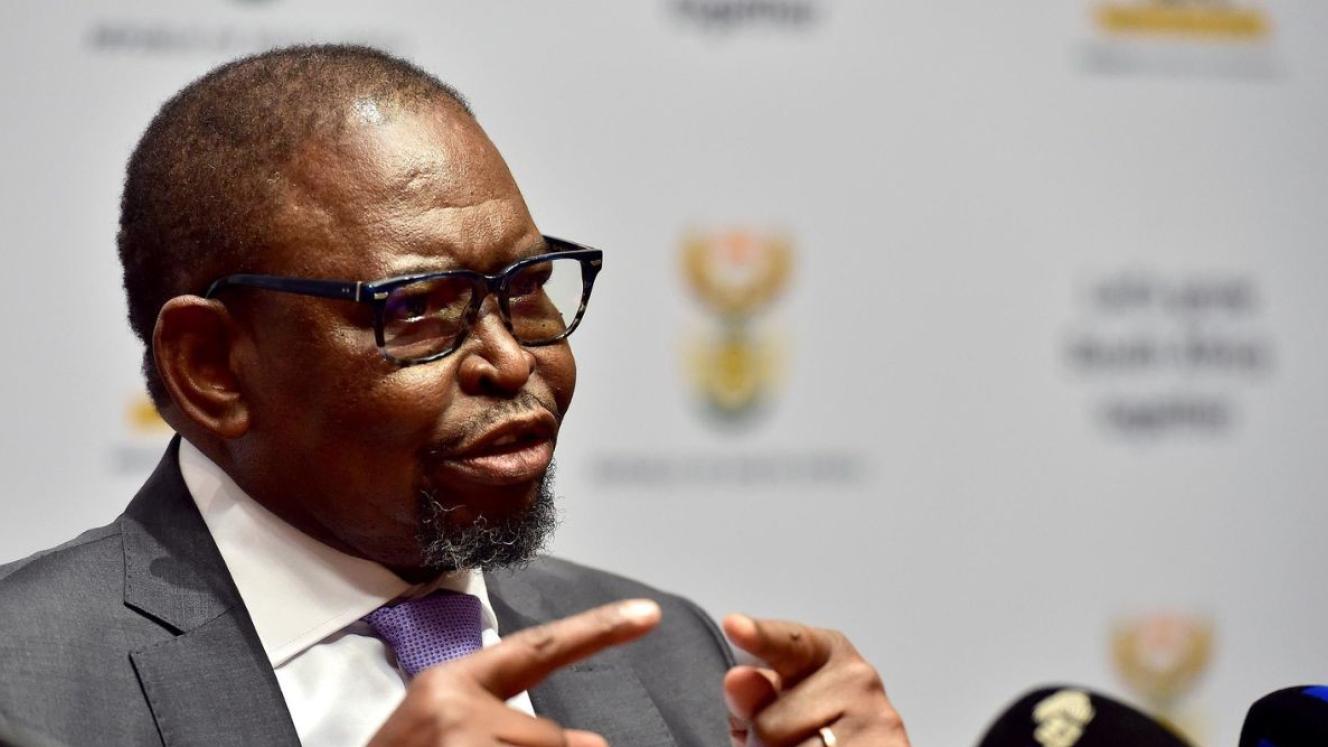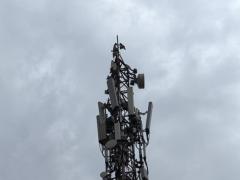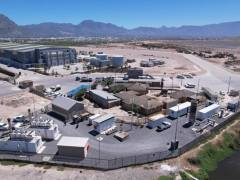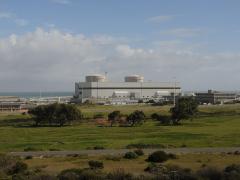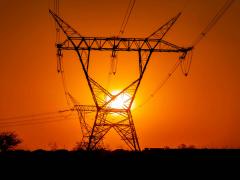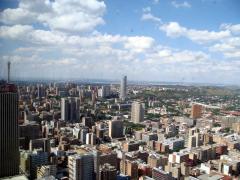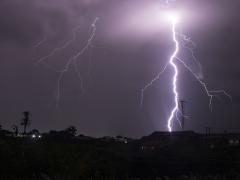The Department of Electricity and Energy has formally launched the National Energy Regulator of South Africa’s wheeling framework, which Minister of Electricity and Energy Kgosientsho Ramokgopa describes as the “most consequential intervention” in the sector under the current administration.
The framework, which was approved in March and gazetted in April, was officially launched at a media briefing on Monday, May 5. It sets out standardised provisions for third-party access to transmission and distribution networks within Eskom and municipal systems. The aim is to enable cost-reflective wheeling transactions, expand private-sector participation and diversify generation beyond Eskom’s centralised model.
While wheeling has previously occurred under bespoke bilateral agreements, this is the first time a national regulatory framework has been introduced to govern transactions across the grid.
“This intervention will help us remake the energy and electricity landscape and ensure that South Africa no longer relies solely on Eskom for its electricity needs,” Ramokgopa said.
The framework allows licensed or registered generators to participate in wheeling transactions at all voltage levels, including through municipal distribution systems.
It also explicitly enables wheeling into and out of municipal distribution networks, marking a significant expansion of market access beyond Eskom’s infrastructure. Network charges must be “cost-reflective and non-discriminatory”, Ramokgopa said. This is to ensure that customers buying from independent power producers (IPPs) are not unfairly charged compared to those supplied by Eskom.
One of the key regulatory shifts is the mandatory unbundling of use-of-system charges. “This separates the cost of grid access from the cost of energy – a measure designed to improve tariff transparency and promote equitable access to the grid,” Ramokgopa said.
As per the gazetted regulations, wheeling may only be implemented where cost-of-supply studies have been completed and cost-reflective use-of-system charges are in place – a requirement many municipalities have yet to meet.
“In many jurisdictions, electricity tariffs are not unbundled. The lack of cost reflectivity will make it difficult to access the true cost of wheeling and will discourage fair access to the grid,” he said. Without cost-of-supply studies, municipalities are unable to set cost-reflective network tariffs, creating obstacles for IPPs and traders seeking to wheel power through local distribution systems.
Limited grid capacity also continues to constrain the uptake of new generation, particularly in areas with high renewable energy potential, said Ramokgopa.
The wheeling framework is intended not only to support competition but also to attract investment and enable export-facing industries to decarbonise. “This is particularly relevant as global markets begin introducing carbon border adjustment mechanisms. South African businesses must be able to access greener electricity to remain competitive,” Ramokgopa said.
The framework also recognises licensed electricity traders as intermediaries in bilateral or multilateral transactions in line with the Electricity Regulation Amendment Act. This formalises their role in the evolving market structure and supports broader market liberalisation.
The City of Cape Town opened its electricity grid to private energy trading following the completion of a wheeling pilot project that began in 2023. The national framework provides a foundation for wider replication of this model across other metros and municipalities.

